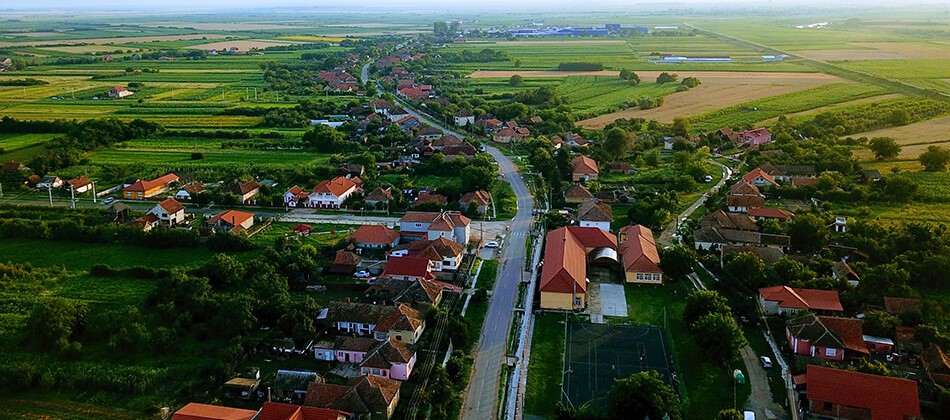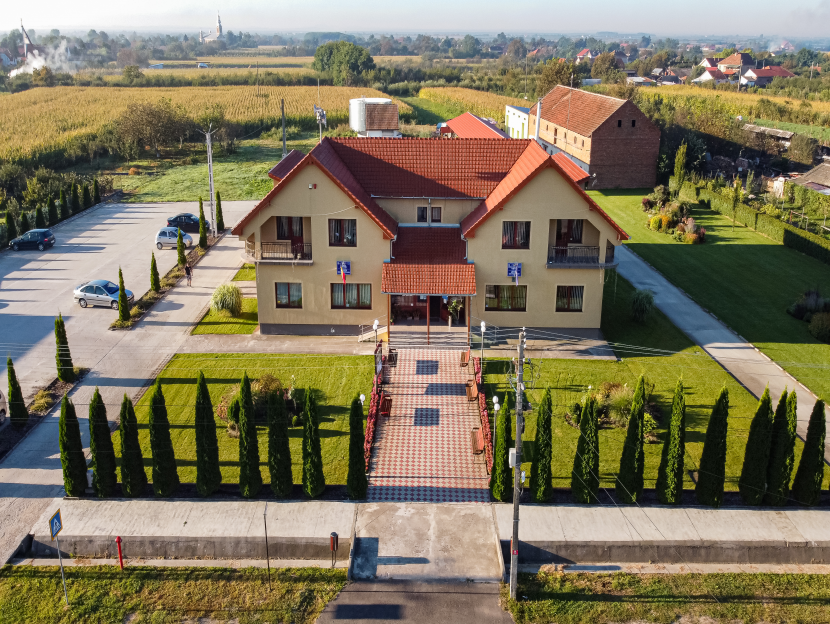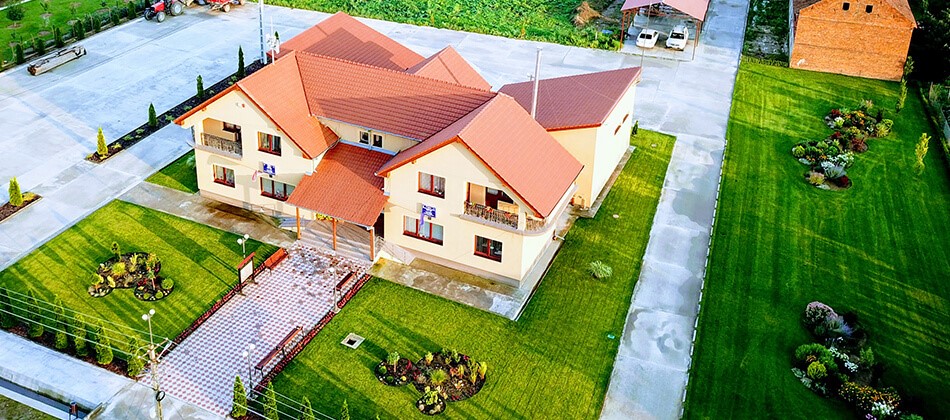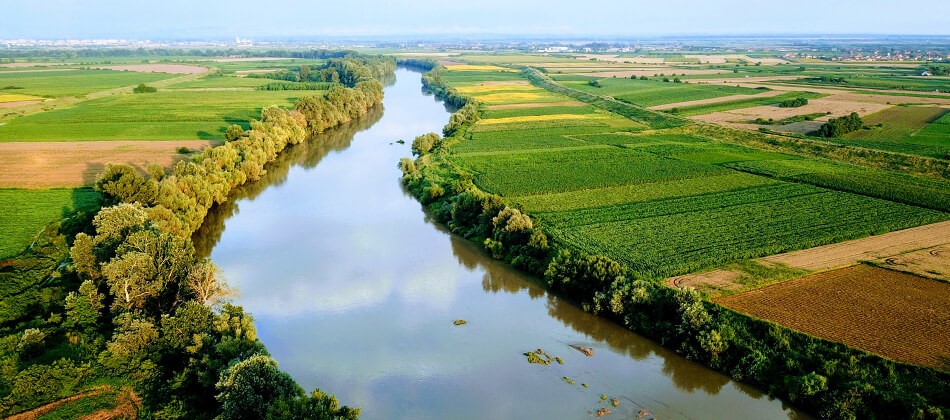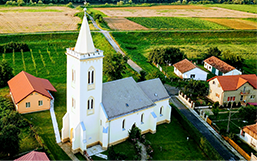The commune is located on Câmpia Crasnei, on the left bank of the Someș, near the border with Hungary, at a distance of 12 km to the west of Satu Mare (on route DN 19 and DJ 60). The three localities belonging to it are Vetiş, Oar, and Decebal.The first documentary attestation of the town of Vetiş dates from 1238. The village was devastated by the invasion of the Tatars in 1241 but was later repopulated. It belonged to the Kaplony family and later to the Vetési (Wethéssy) family, descendants of the same family, and several families with domains in Vetiş appeared through successions. The proximity to the fortress of Sătmar made it suffer many attacks over the centuries (Tatars, Turks, Poles, German mercenaries from the fortress), but epidemics also decimated the village’s population. The town became famous during the war for independence led by Ferenc Rákóczi II. Here the prince issued the “Patent from Vetiş” in August 1703, according to which all serfs and their families who joined the army would be freed from all feudal obligations. In the second half of the 18th century, a period of quiet development began in the life of the village, disturbed only by the two world wars. The number of inhabitants at the last census was 1834.The most important building in the locality is the reformed church, built in the 15th century by the bishop of Veszprém and the diplomat Albert Vetési (Wethéssy) (1410?-1486?), his coat of arms can be seen on the south wall of the Gothic church. It has only one nave, the tower being a later construction. The other church in the village is of the Orthodox rite, built-in 1911. The Roman Catholic chapel dates from 1960 and is dedicated to the Holy Virgin.
The mansion of the Szerdahelyi family (built-in 1867) in the center of the village and in its current ruined state is an architectural ornament of the locality.
The economic life of the commune is dominated by the proximity of the county seat and the investments attracted for this reason.
An industrial park operates in Vetiş and thus it is among the few rural localities where the phenomenon of unemployment practically does not exist.
Next to the large industrial units, there are also commercial units and agricultural activities. The smaller lakes and Someş represent attractions especially for sports fishermen.
